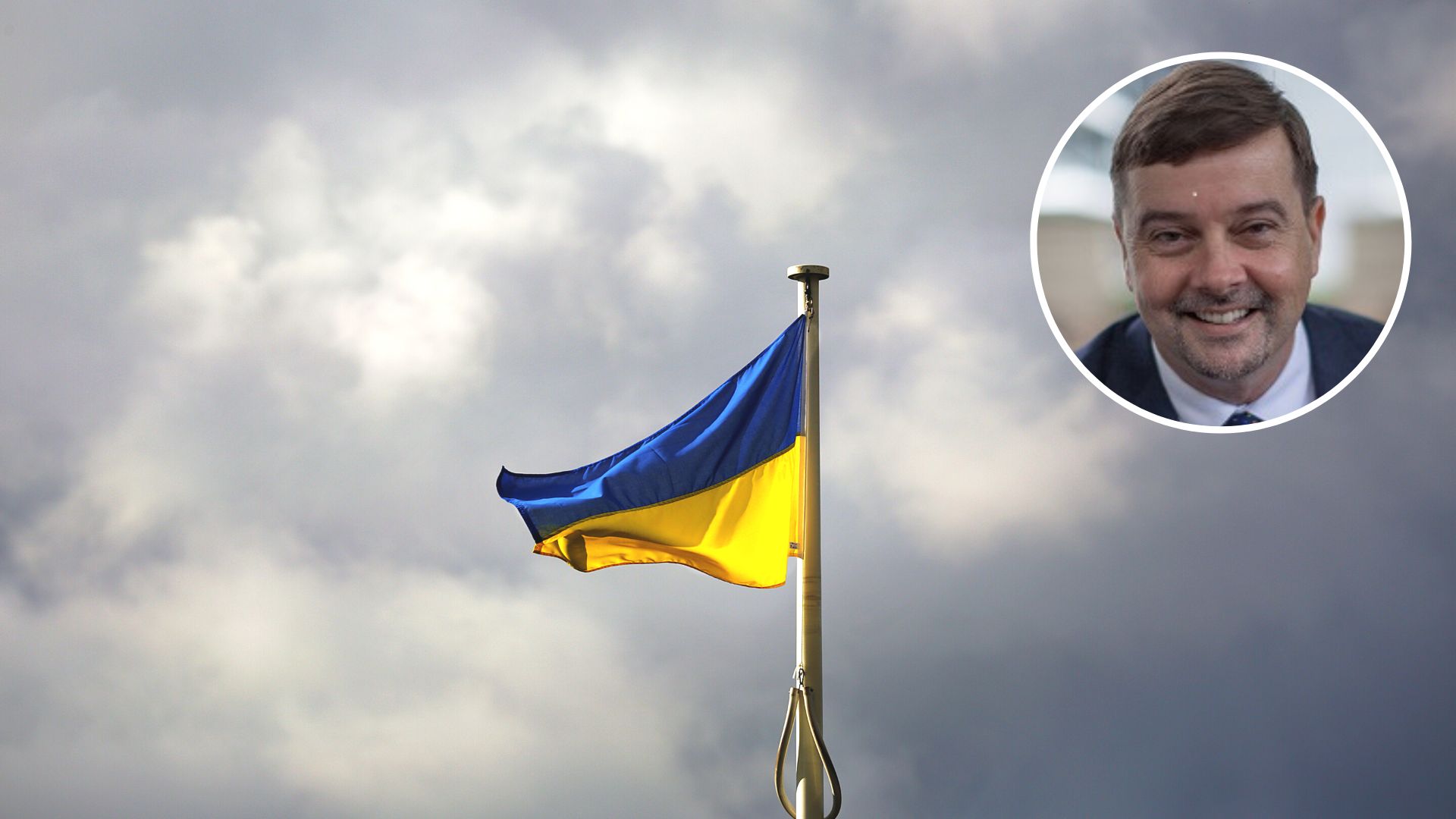Russian President Vladimir Putin has said he will station tactical nuclear weapons in Belarus. With the war against Ukraine seemingly ongoing for the foreseeable future, is this next tactic likely to end in nuclear war?
Professor in Intelligence and Security Studies in the Charles Sturt Australian Graduate School of Policing and Security Patrick Walsh outlines the implications of this threat for Australia, and the world.
The announcement
The announcement on Saturday by Russian President Vladimir Putin to station tactical nuclear weapons in Belarus is concerning, but not new.
President Putin has been in talks with Belarus President Alexander Lukashenko as far back as December 2022 about the prospect of stationing these weapons in his country. Putin’s revelation on the weekend underscored what already has been achieved in preparing for the transfer of Russian tactical nuclear weapons on Belarusian soil.
For example, Putin said he was supporting Belarus in the conversion of Belarusian aircraft to make them capable of carrying tactical nuclear weapons and training Belarussian military pilots to fly aircraft capable of carrying such weapons. Moscow has previously transferred the Iskander short-range missile system to Belarus that can be fitted with either nuclear or conventional weapons.
The threat at-hand concerns tactical nuclear weapons that can be launched using missiles or artillery shells, but they typically have a low-pay yield and are used for localised geographic areas on the battlefield. This is in contrast to larger strategic intercontinental ballistic missiles which carry several nuclear warheads and are designed to destroy multiple targets 5,000 to 11,000 kilometres away.
Putin’s announcement to deploy tactical nuclear weapons, therefore at this point does not represent a significant, immediate and existential threat to the United States though likely more so for some neigbouring NATO countries next to Ukraine.
The tactical nuclear weapons have not yet arrived in Belarus. Putin said they will likely be transferred, if he goes ahead with it, around July when further ground preparations have been completed in Belarus.
Putin has periodically threatened to use nuclear weapons in Ukraine since the commencement of the war a year ago, to threaten Kyiv, but also to warn Western countries of the prospect of going too far in supplying Ukraine with certain weapons.
The state of the war
Putin’s war is not going the way he had planned and the current bloodbath in Bakhmut, Ukraine, while continuing, seems to be slowly turning Ukraine’s way. Ukraine is also planning a spring offensive which again should consolidate future territorial gains for Kyiv.
Correspondingly, there is a lot of pressure on Putin domestically and internationally to appear as if he is still in control of the war and that a positive outcome will ensue.
Therefore, announcing tactical nuclear weapons will be stationed in Belarus could be considered to be more of a tactic to placate his long-standing supporters in Russia, to convey that he is not capitulating and instead warning Western countries that he remains invested in the campaign for a long time to come.
Though some in his military would support the move, there would be others in the defence forces and the intelligence services who would be concerned and not supportive of this announcement. It could be a ploy also from Putin to influence Ukraine and NATO to the negotiating table. However, the chances of the latter strategy working are next to nil.
The response from the United States
The US Department of State and The Pentagon have already responded claiming this move, while concerning, does not require any immediate change in their overall defence strategy, including its strategic nuclear posture. Australia and other US allies are likely to follow Washington on this position.
United States President Joe Biden has spoken briefly regarding the announcement, without going into detail on what might be the country’s response if Russia used one of these nuclear weapons on Ukraine.
It is prudent for him not to foreshadow any potential US tactical or strategic responses that Washington might deploy to counter the potential use of these weapons given how Putin’s actions seem increasingly more desperate and possibly irrational, although no-one truly knows Putin’s mind-set.
At this point, it’s a wait-and-see game to see if Russia goes ahead with the transfer of tactical nuclear weapons. The United States’ intelligence community should be able to provide warning when the weapons are being transferred and being readied for use.
If they are used, the world will find itself in an extremely dangerous escalatory situation. Depending on the payload of the weapons, and the targets (particularly if civilians are killed), the US and its NATO allies would likely feel compelled to respond.
If neighbouring NATO countries in the Baltics or Poland were impacted by the Russian use of tactical nuclear weapons then the probability of a broader Western military response increases.
A US-led response scenario need not be nuclear itself but could potentially mean the use of sophisticated conventional weaponry to destroy Russian forces on and within Ukraine’s borders.
There is no certainty however on what would be the US/NATO response to Russia using nuclear weapons in Ukraine. The probability of miscalculation, escalation and a broader war with Russia while for now averted may increase if Putin, Ukraine and its Western allies cannot find ways to de-escalate this conflict.
Internal dissension in Belarus
A final consideration is that there is growing internal dissension in Belarus over President Lukashenko’s long-term grip on power marked by election rigging, corruption and imprisonment of political opponents. Therefore, this announcement is likely to fuel further conflict in challenging the regime. Opposition opponents reject Belarus increasingly becoming a vassal state of Russia.
Finally, although President Putin controls the military and intelligence services in Russia, an order to launch tactical nuclear weapons against Ukraine (if Russian forces continue to be decimated in Eastern Ukraine) may not necessarily be obeyed.
This is because we are seeing growing cracks in unity and leaks from Russian military commanders and even from the intelligence service (FSB). This may not indicate regime change is around the corner, but perhaps suggests a growing desire by some in the security forces not to follow Putin to the International Criminal Court in The Hague.
ENDS






Social
Explore the world of social